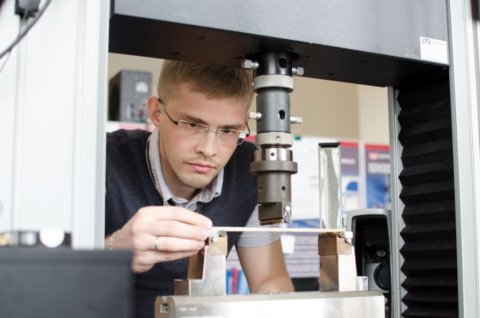The modern level of technological development requires the creation of new materials with special properties. These include fiber composite materials, or, as they are commonly called, composites. Candidate of technical sciences Oleg Kudryavtsev and post-graduate student Mikhail Zhiharev work in the Department of Engineering Mechanics of the SUSU Polytechnic Institute, where they work on the modeling of various composite materials under shock loads under the guidance of doctor of technical sciences, professor Sergey Borisovich Sapozhnikov.
Composites brought in a revolution in many manufacturing sectors and became popular in high-tech goods which must have high resistance to mechanical stress but remain lightweight.
“Thanks to these characteristics, composites can be used in practically all sectors of manufacturing. For example, in the modern rocket industry, new materials and technologies are used ubiquitously. Global aircraft engineering is currently beginning a conversion from metals to composite materials. The largest aviation corporations, like Boeing, Airbus, Sukhoi, and Irkut are replacing aluminum and different materials with highly effective, thin composites when manufacturing aircraft parts to reduce their aircrafts’ mass. Modern composites are used in the manufacture of passenger and freight trains. Composites are also used widely in sports. For example, for the creation of ski poles, tennis and badminton rackets, and bike frames,” says postgrad Mikhail Zhiharev.
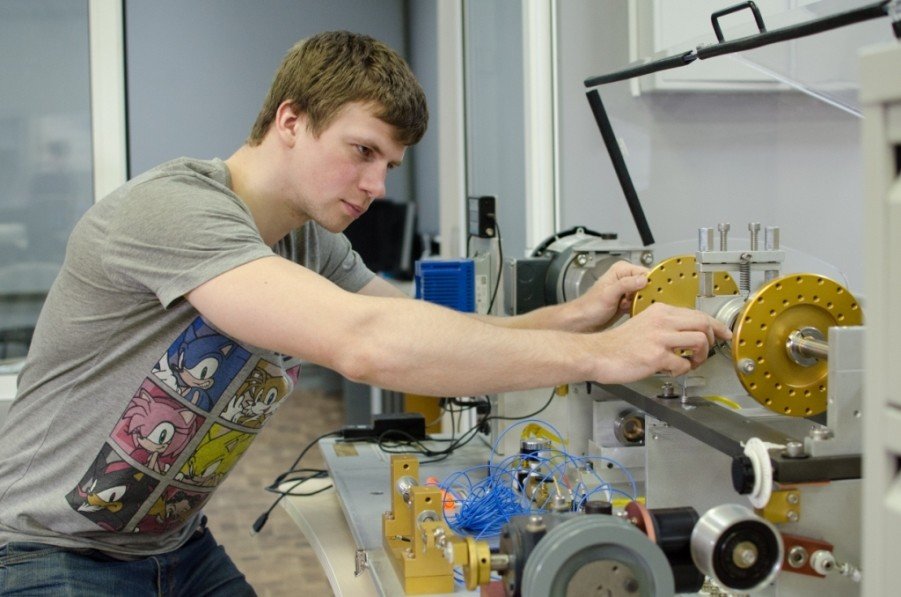
Mikhail Zhiharev
The young researchers work with composite materials, determine their mechanical characteristics, make calculations. SUSU’s supercomputing power, its scientific potential, and modern laboratories allow them to complete the most difficult tasks.
“We are working on the development of protective structures for individual and collective defense, like bullet-proof vests, shields, and armor plating light equipment. The topic of my scientific interests is tied to the study of the behavior of ceramic composite structures under ballistic impact. This requires the ability to model high-speed, highly nonlinear processes of the deformation and the destruction of materials,” says the engineer and researcher, Oleg Kudryavtsev.
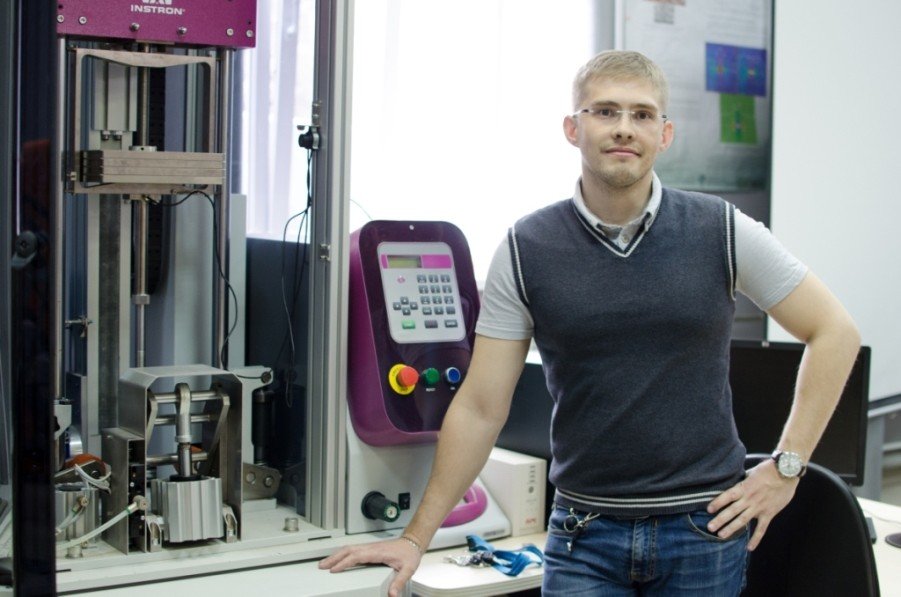
Oleg Kudryavtsev
Mikhail Zhiharev simultaneously does repair work. One of his inventions is a repair technique using ultrasound.
“We do ballistics testing and evaluate the damage to the composite material. Then we move to the modeling stage and perform calculations, since ballistic experiments are very expensive and take a lot of time,” says Mikhail, “We develop our models with simple experiments, then these models are broadened and used to look for the best materials combinations. Then we complete verification testing. In this way, we spare ourselves from the large and broad intermediary stage of testing. I also evaluate materials’ residual strength after ballistic damage. It is important to know how much this has been reduced, especially if the damage is not visible under a layer of paint, because the strength of the whole construction can be significantly lowered from even a small amount of damage after a strike.”
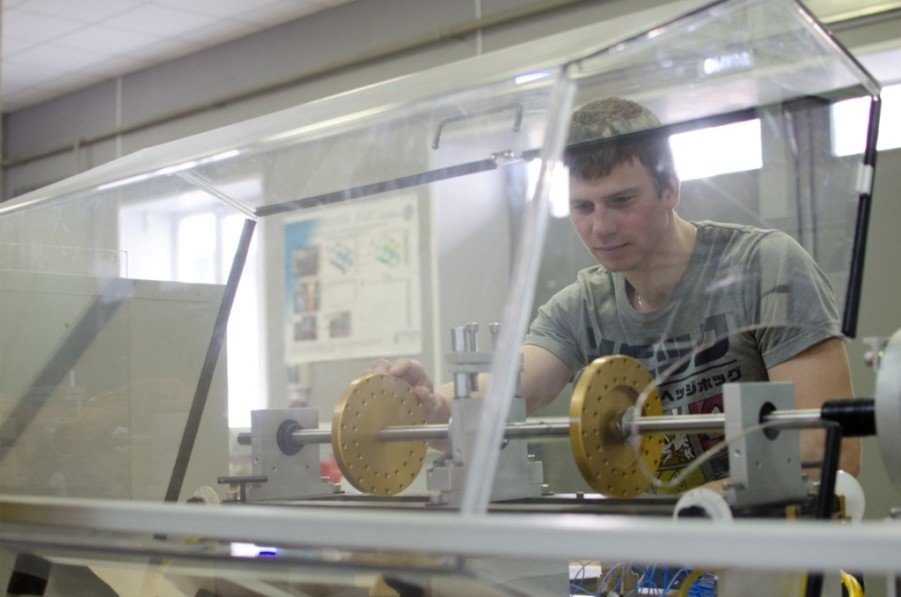
In 2014, Oleg Kudryavtsev and Mikhail Zhiharev won a grant from the Russian Science Fund – Development of impact-resistant composite materials and constructions for floating armored vehicles – as part of a group of researchers from South Ural State University. The general goal of the project was to create a concept project for floating vehicles with shielding made from ceramics and fiber-polymer composites. The intent was for the vehicle to be modular, with sections from sandwich structure with a light filler which would dissipate the energy of bullets and enable the construction’s ruggedness. During their work on this project, the young researchers developed calculations for all of the elements of the vehicle, created a behavior model for ceramic composite materials under ballistic shock, and created a full 3D model for this vehicle, with all its components.
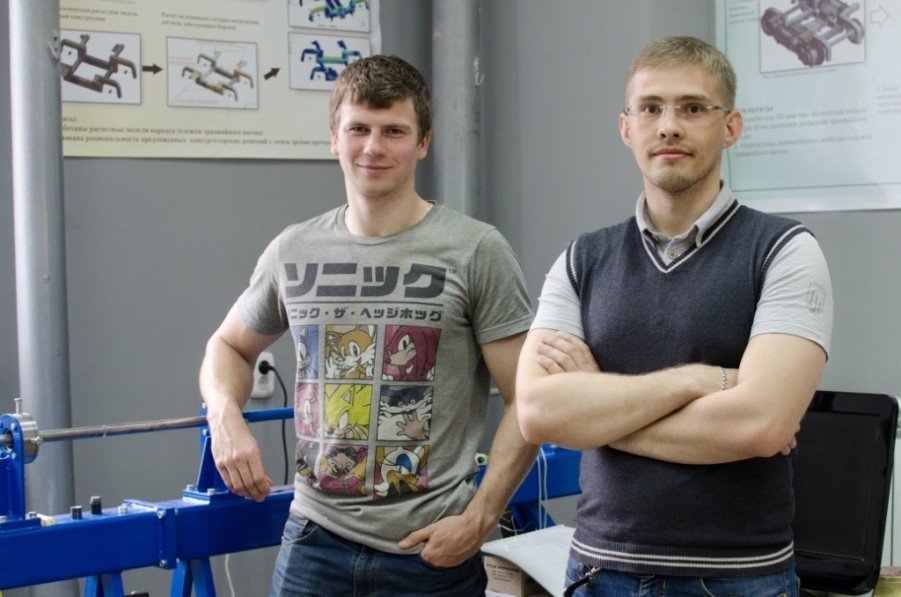
The researchers publish actively. In the last 4 years, they have released a few articles in 3 journals included in the Scopus Top 10%: International Journal of Impact Engineering, Materials and Design, and International Journal of Mechanical Sciences. The young researchers from South Ural State University plan on continuing their research in this field, since this prospective field has huge relevance to the development of Russian manufacturing.




